Solving a Century-Old Riddle: Discovering the Wreck of the USS Conestoga
On March 25, 1921, three years after the end of World War I, the USS Conestoga left Mare Island, California bound for American Samoa. It was never heard from again.
For nearly a century, what happened and where the Conestoga and its 56 crew members came to rest remained a mystery. But now, with the discovery of a shipwrecked fleet tug in Greater Farallones National Marine Sanctuary, we’ve solved this mystery: the Conestoga sank just three miles off Southeast Farallon Island within a day of leaving port.
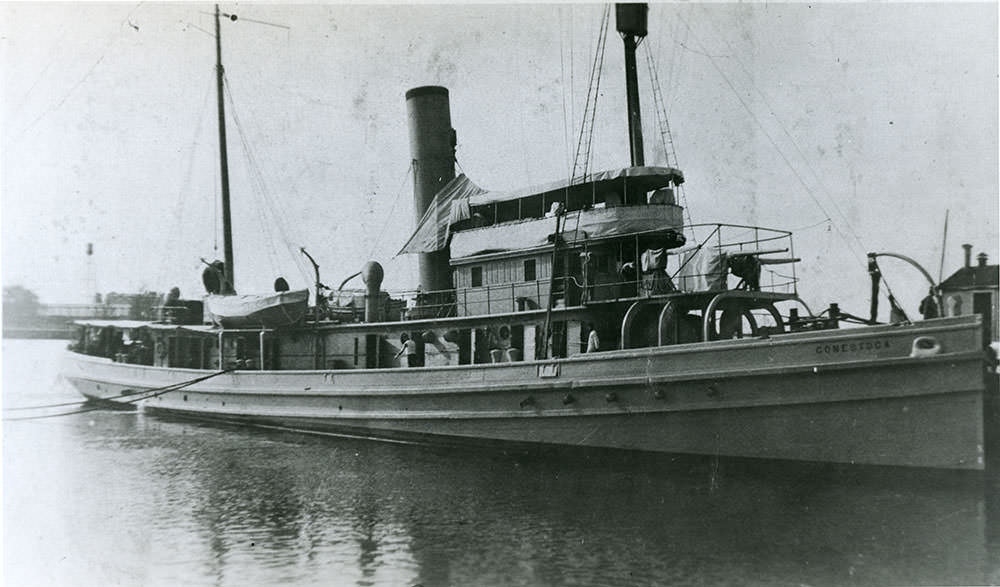
Originally built in 1903 for the Philadelphia and Reading Railroad Company, Conestoga was purchased by the U.S. Navy in 1917 following the United States’ entry into World War I. After several years of service, the Conestoga was ordered to duty as a station ship at Tutuila, American Samoa in 1920. The ship was traveling to its new post from Mare Island Naval Shipyard on San Francisco Bay when it vanished.
The Conestoga was due to stop over in Pearl Harbor, Hawai’i, and would have arrived around April 5, 1921. It never arrived, and in mid-May 1921 the Navy realized something had gone wrong.
In response, the Navy launched an extensive sea and air search. It was the largest sea and air search in history up until the search for Amelia Earhart and her plane in 1937.
But the Conestoga was presumed lost off the coast of Baja California or close to Hawai’i based on estimates of how long it would have taken to steam into the Pacific, and due to the discovery of a drifting lifeboat believed to have come from the missing tug discovered by a passing steamship off the Mexican coast. What the Navy didn’t realize was that the tug had never made it that far.
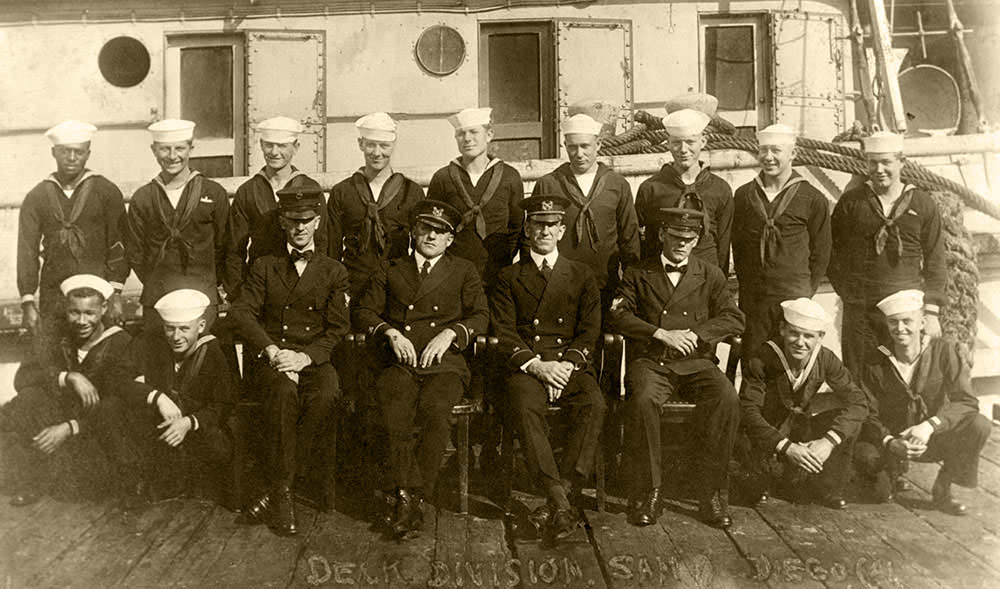
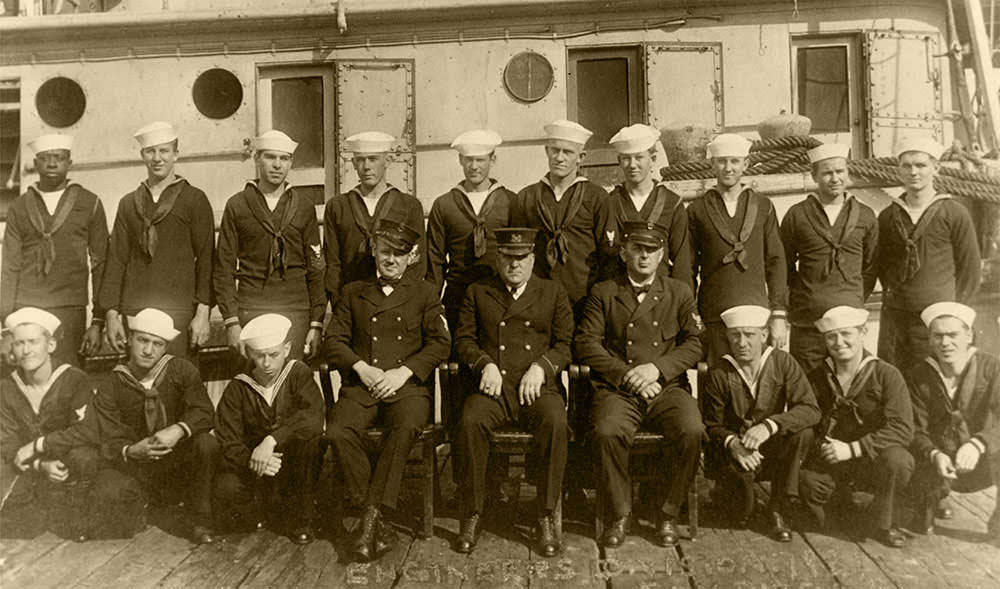
In 2014, the NOAA Office of National Marine Sanctuaries Maritime Heritage Program investigated a multibeam sonar target detected in 2009 during a survey for NOAA’s Office of Coast Survey in Greater Farallones National Marine Sanctuary that was thought to be a shipwreck. The 2014 Maritime Heritage cruise confirmed that it was a wreck -- specifically, an unknown vessel of late 19th or early 20th century vintage whose characteristics matched none of the ships known to have been lost in the sanctuary.
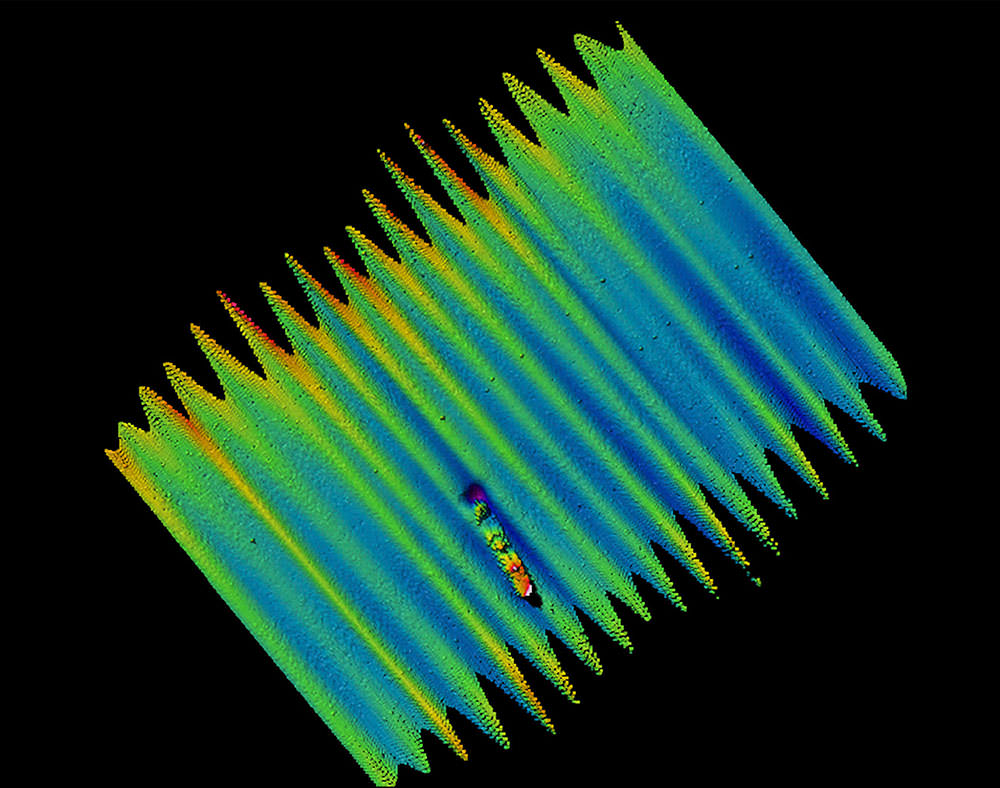
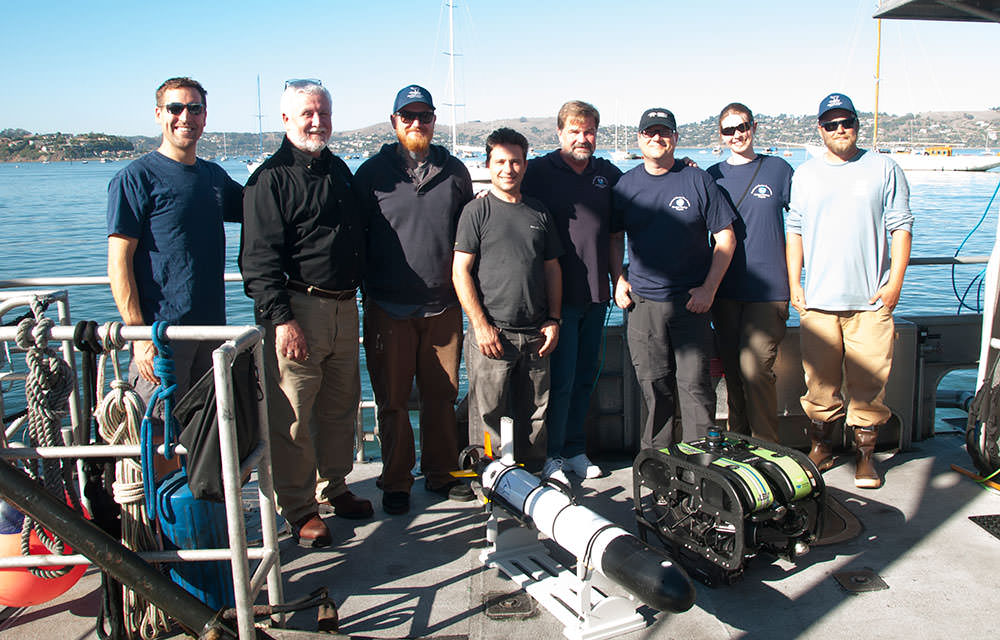
Using a Remotely Operated Vehicle (ROV), maritime archaeologists conducted three survey dives to characterize the target, which proved to be a 170-foot-long steel-hulled steam-powered ocean-going tug. After announcing the discovery of this unidentified shipwreck, the team then turned to solving the mystery.
After assessing historical accounts of tugs that had departed under the Golden Gate and were never seen again, and a detailed analysis of the mystery tug’s features, the wreck was finally identified -- solving a much bigger mystery. The team had found the USS Conestoga.
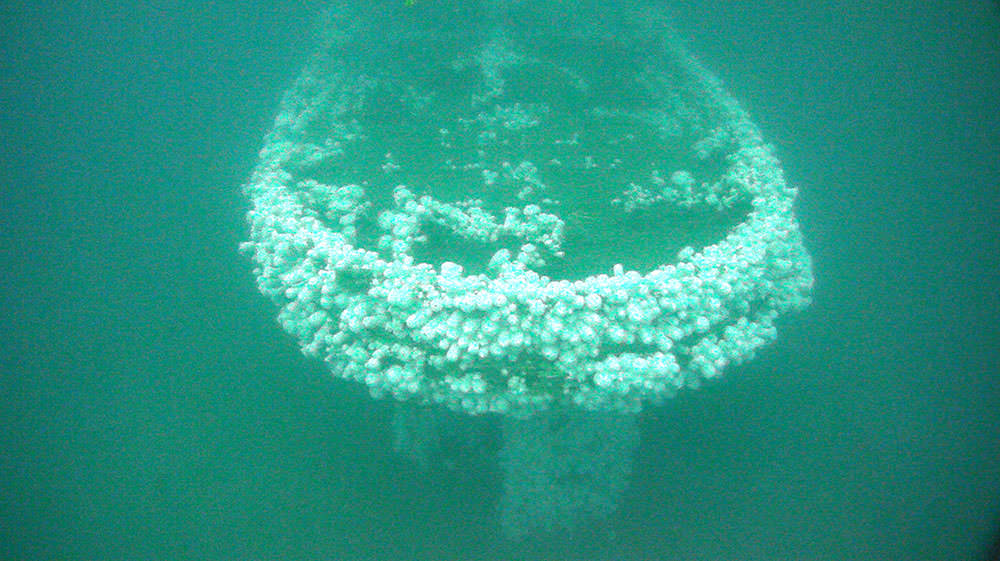
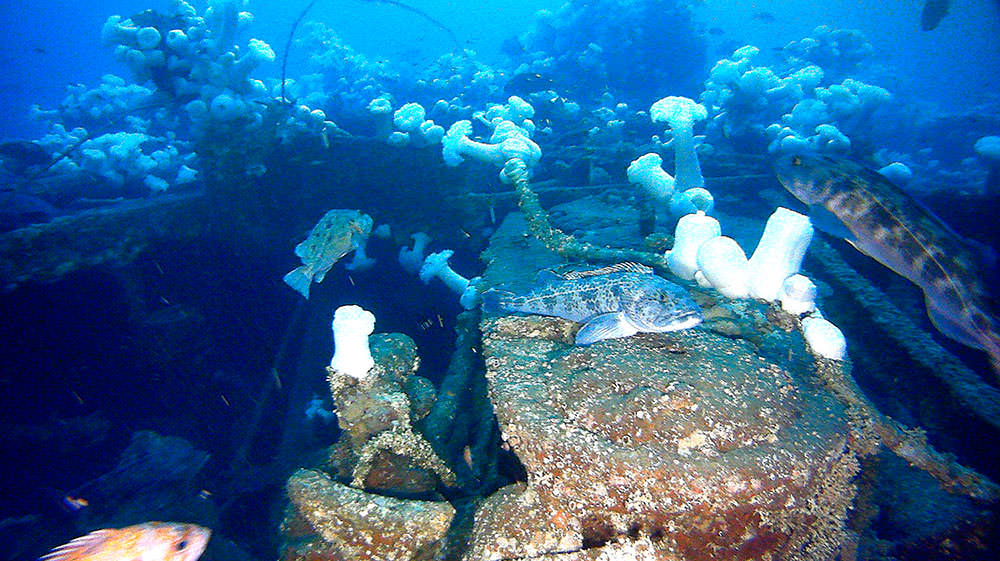
So what actually happened to the Conestoga?
On March 25, 1921, the morning’s choppy seas gave way to a gale, with winds reaching 40 mph by 5:00 p.m. The seas were rough, with high waves. The Maritime Heritage Program’s analysis suggests that the Conestoga ran into trouble outside San Francisco Bay soon after leaving the Golden Gate. Heavy seas may have caused the tow, allegedly a barge, to break free: the tow winch on the shipwreck shows the wire is twisted and not neatly spooled on the drum, suggesting a towing problem.
Still, this towing problem most likely did not contribute to the loss of the tug. The broken wire was secured on the winch, showing the crew professionally responded to the loss of the tow and rigged for a return to port to wait out the weather.
But the tug, an older vessel, had previously been called a “wet vessel” -- that is, liable to take on water.
Modern painting of the USS Conestoga (AT 54) on its final voyage pounding through large waves during a gale off Southeast Farallon Island in March 1921. Credit: Artist Danijel Frka © Russ Matthews Col.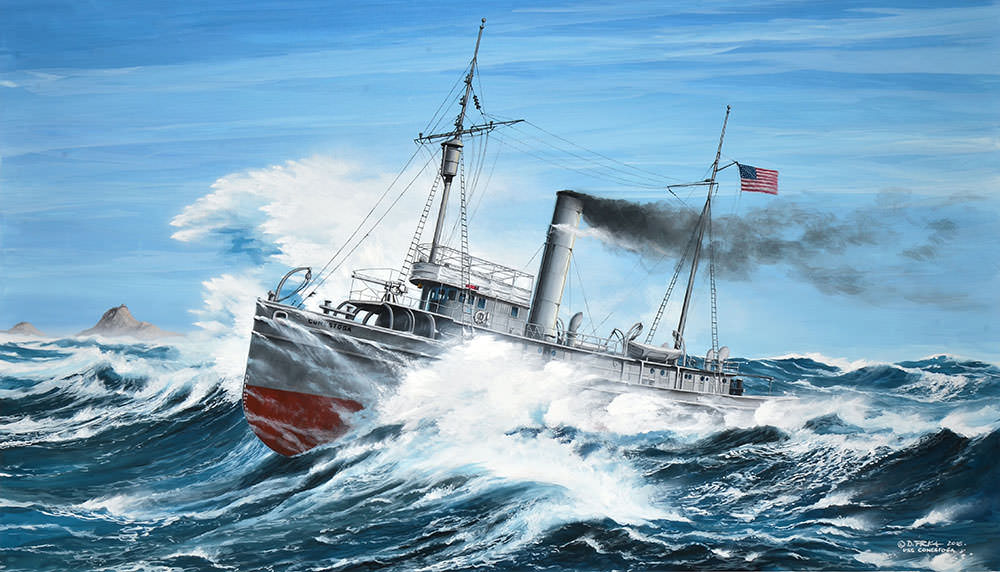
Perhaps leaking from the strain of laboring in heavy swell and overwhelmed by water washing over the decks, the Conestoga headed to the sanctuary of the Farallon Islands, which had a lighthouse and a U.S. Naval Radio Station.
The Conestoga wreck is oriented north/northwest three miles off Southeast Farallon Island, the largest of the Farallones and the site of the islands’ lighthouse. The position and orientation of the wreck suggests that the Conestoga’s officers and crew were attempting to reach the more protected waters in the lee of the island or to reach the landing for the lighthouse station in Fisherman’s Cove.
This would have been a desperate act: the approach is difficult and the area was the setting for five shipwrecks between 1858 and 1907. However, the Conestoga was in trouble -- and this may have been the only choice to make.
But tragically, the Conestoga never made it, and most probably on the morning of the following day, March 26, 1921, the ship sank, taking all 56 crew members with it.
Members of the USS Conestoga’s Gunnery Department. Photo: Naval History & Heritage Command NH 71510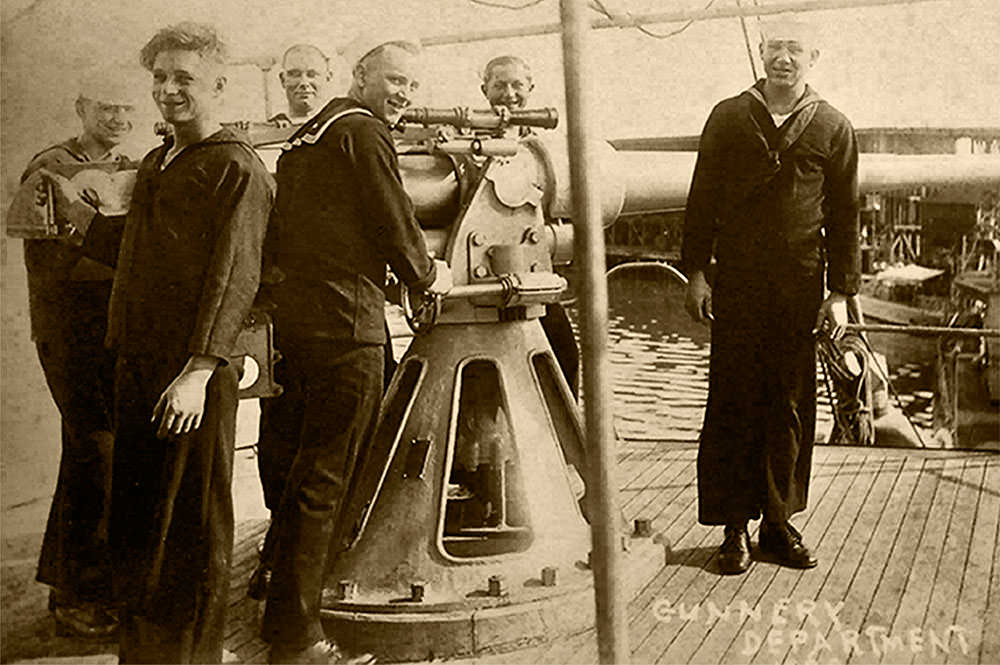
The ship’s officers of the Conestoga. Photo: Naval History & Heritage Command NH 71501
The Conestoga now rests on the seafloor as a military grave for its 56 crew, the remains of whom may remain entombed inside the hull. The wreck remains a U.S. Navy vessel. This discovery has provided closure for the families of the Conestoga’s crew, and the site is now marked and protected by the National Marine Sanctuary Act and the Sunken Military Craft Act.
The wreck is also now a vibrant habitat within the sanctuary: from this tragic loss comes new life.

The ship’s company. Photo: Naval History & Heritage Command NH 71503

